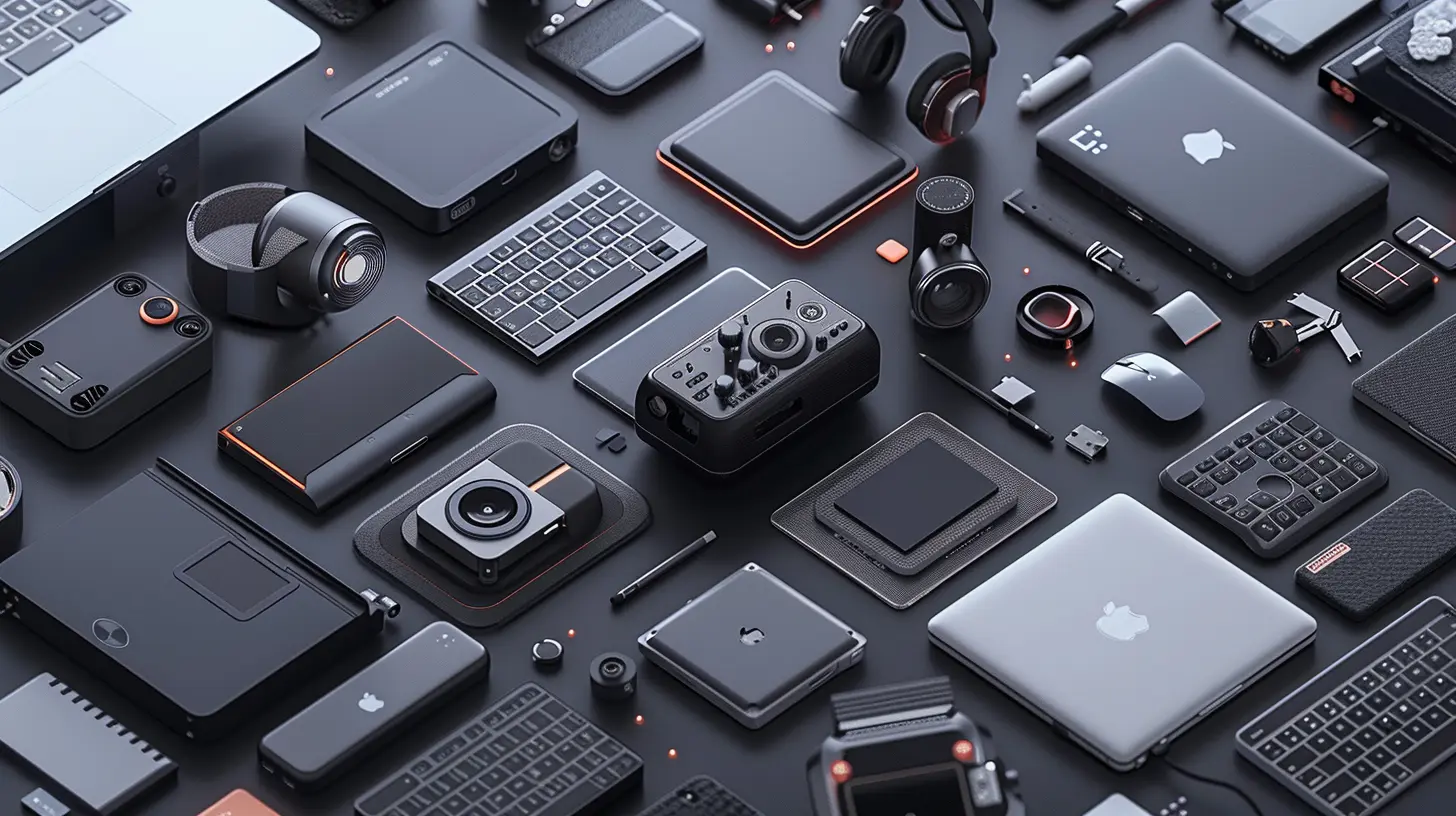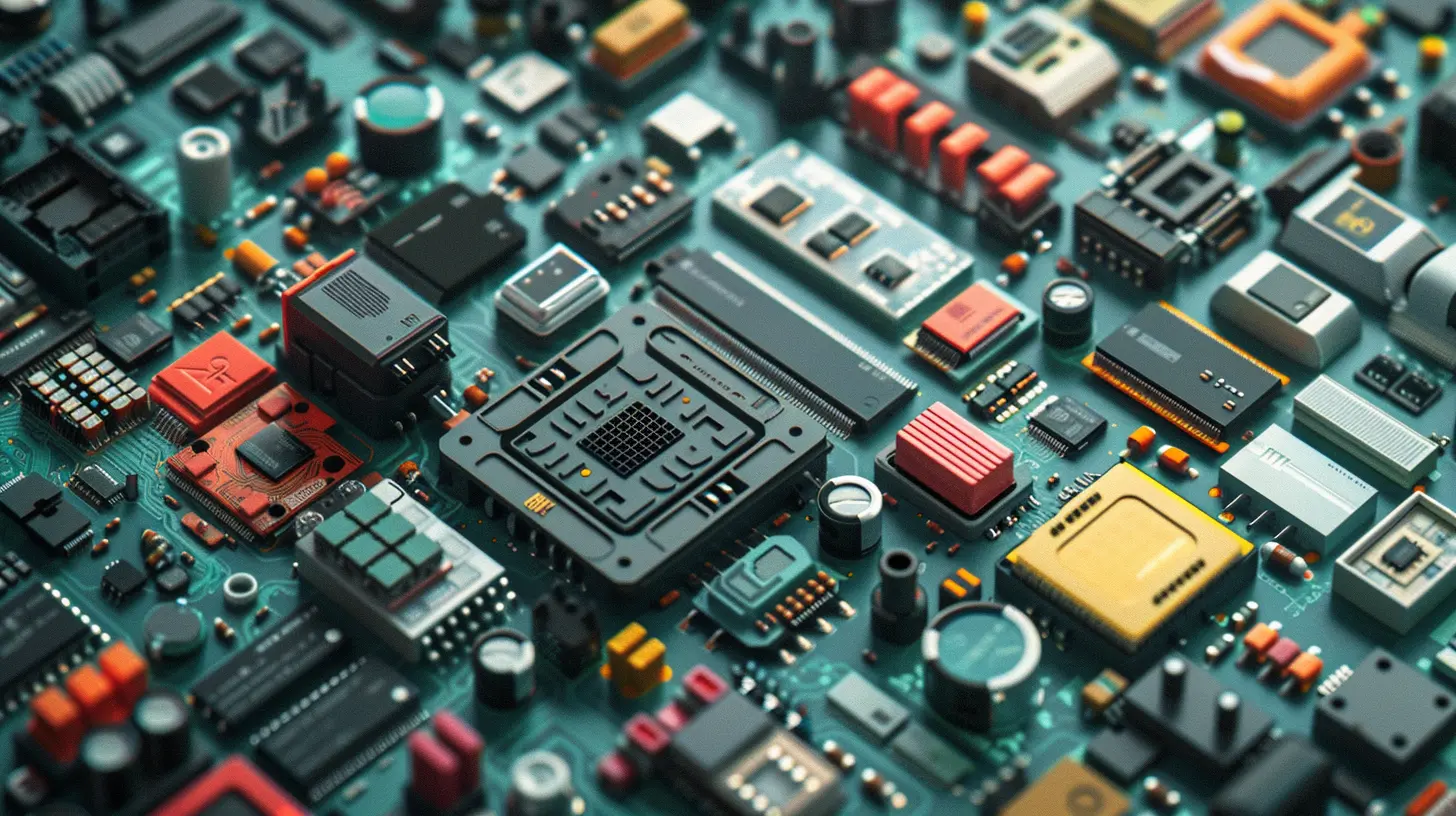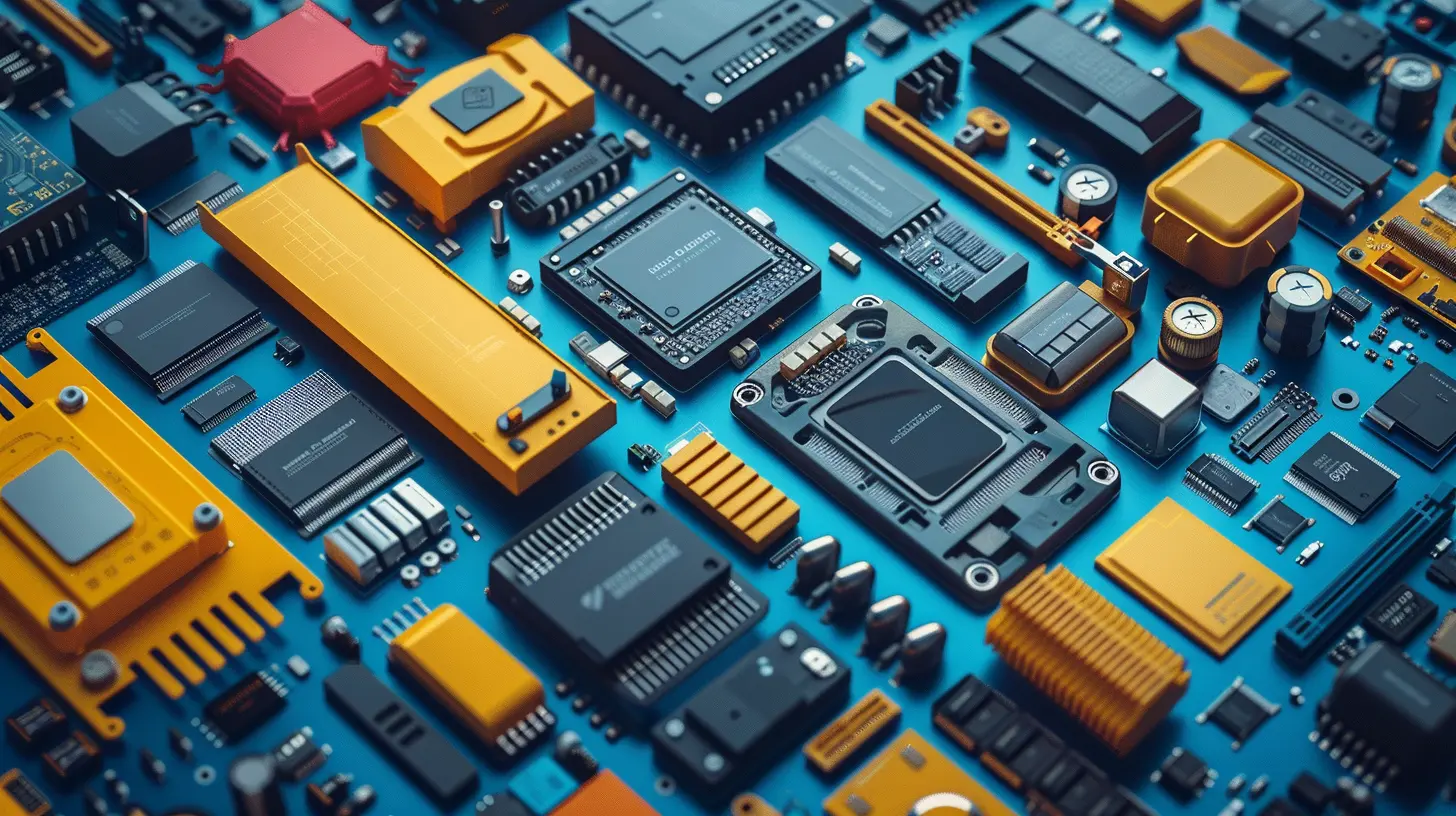The Rise of Modular Gadgets and Customizable Electronics
14 October 2025
In today’s fast-paced world, technology is evolving at a breakneck pace. Every day seems to bring a new gadget or device that promises to be faster, smarter, or more efficient than what came before. But as technology advances, so does our desire for gadgets that aren't just off-the-shelf products. We want our devices to be personal, flexible, and adaptable—enter the era of modular gadgets and customizable electronics.
Gone are the days when you had to buy an entirely new device just because one part stopped functioning or became outdated. Times are changing, and so are our gadgets. Let’s dive into the rise of modular gadgets and customizable electronics and explore how this trend is shaping the future of tech.

What Are Modular Gadgets?
First things first, what exactly are modular gadgets? Simply put, these are devices designed with interchangeable components. Think of them as tech puzzles. Instead of buying a completely new device every time you want an upgrade or repair, you can swap out individual parts. This could be a battery module, a camera, or even a speaker.Imagine you have a smartphone. The camera's getting a bit outdated, but everything else works perfectly fine. Instead of tossing the entire phone, modular gadgets allow you to just replace the camera module and keep your beloved device intact. It’s like Legos for grown-ups, but with tech!
A New Way to Innovate
Modular gadgets are innovative, not just because they’re cool (let's be honest, they're super cool), but because they change how we think about technology. Traditional devices are often static—what you buy is what you get. But with modular gadgets, you're no longer locked into a single configuration. You get to customize your experience to suit your needs.Want a better camera but don’t care about a faster processor? No problem. Need extra battery life for a long trip? Just swap in a bigger battery module! It’s like having a buffet of tech options at your fingertips.

The Benefits of Modular Gadgets
You might be thinking, “Okay, that sounds great, but what’s in it for me?” Well, modular gadgets come with a ton of benefits. Let’s break it down:1. Cost-Efficiency
One of the most obvious advantages is saving money. Don’t you hate it when your phone’s battery dies after a year, and the only solution is shelling out hundreds of dollars for a new device? With modular gadgets, you can simply replace the battery without having to buy a whole new phone. This significantly reduces the need for constant upgrades and lets you keep more money in your pocket.2. Environmentally Friendly
Let’s face it, our tech addiction is wreaking havoc on the environment. E-waste is a massive issue, with millions of devices ending up in landfills each year. Modular gadgets could be a game-changer here. By allowing us to replace individual components instead of entire devices, we can reduce the amount of e-waste we generate. Plus, manufacturers can use fewer raw materials, which helps conserve resources.3. Personalization
We all love products that reflect our unique personalities. Whether it's customizing your phone case or picking out a specific color for your laptop, personalization matters. Modular gadgets take this a step further by letting you choose the components that matter most to you. If you're a photography buff, you can upgrade the camera module on your phone. If you're a gamer, maybe you’ll add extra memory or a better display. The point is, you get to decide.4. Longer Device Lifespan
Traditional gadgets often have a short lifespan. You use them for a couple of years, and then they start to lag, the battery dies, or some other issue pops up. Modular devices, on the other hand, can last much longer. When one part becomes obsolete or stops working, you swap it out and keep using the device. This not only saves money but also reduces the need to constantly learn how to use new devices.
The Challenges of Modular Gadgets
Of course, it’s not all sunshine and rainbows. While modular gadgets bring a lot of benefits to the table, they also come with their own set of challenges.1. Complexity in Design
Designing modular gadgets is no easy feat. While it might sound simple to make a device where you can swap components, it’s actually incredibly complex from an engineering standpoint. Each module has to be compatible with the others, and they all need to work together seamlessly. This requires a lot of innovation and careful planning.2. Limited Adoption
While modular gadgets have been around for a while, they haven’t quite hit the mainstream yet. The idea is certainly appealing, but most major tech companies are still focused on traditional devices. It can also be difficult to convince consumers to invest in modular gadgets when they're so used to the current model of buying new gadgets every few years.3. Initial Costs
Though modular gadgets are cost-efficient in the long run, the initial investment can be higher. Since you're essentially buying a device that can be continually upgraded, the upfront price is often steeper than traditional gadgets. This can be a deterrent for people who aren’t ready to pay more for the promise of future savings.
Examples of Modular Gadgets
So, where can you find these modular gadgets? While they’re still somewhat niche, there are already some standout examples that are making waves.1. Fairphone
Fairphone is one of the pioneers in the modular phone market. Their phones are designed to be easily repairable and upgradable. If your camera dies or your screen cracks, you can simply order a replacement part and fix it yourself. Fairphone's mission is also rooted in sustainability, making it a great choice for anyone looking to reduce their environmental impact.2. Google’s Project Ara
Google made headlines a few years back with Project Ara, a modular phone concept that allowed users to swap out different components like the camera, screen, and processor. While the project was eventually shelved, it generated a lot of buzz and showed that there’s real interest in the idea of modular phones.3. Framework Laptop
This one’s for the laptop lovers. The Framework Laptop is a fully customizable and upgradable laptop. You can replace almost every component yourself, from the motherboard to the battery to the screen. It’s an exciting development for anyone who wants to avoid the headache of buying a new laptop every few years.The Future of Customizable Electronics
Where are we headed with all of this? Well, as technology continues to evolve, modular gadgets and customizable electronics are likely to play an even bigger role. The demand for more sustainable, cost-effective, and personalized devices is only going to grow.1. Broader Adoption
As more companies start to see the potential benefits—both for consumers and for the environment—it’s likely that we’ll see more modular gadgets hit the market. It might take a while, but the shift is already underway. Major players like Google and Fairphone have shown that there’s a demand for this kind of tech, and as consumer awareness grows, so will the market.2. Improved Design and Functionality
One of the current challenges with modular gadgets is that they’re not always as sleek or as user-friendly as traditional devices. But as technology improves, these hurdles will likely be overcome. We can expect to see modular gadgets that are just as powerful, beautiful, and easy to use as their non-modular counterparts.3. More Environmental Impact
With global concerns over climate change and resource conservation, modular gadgets could play a big part in reducing electronic waste. As consumers become more environmentally conscious, they’ll be looking for ways to reduce their carbon footprint, and modular gadgets offer a practical solution.
Conclusion
The rise of modular gadgets and customizable electronics is a trend worth paying attention to. While it’s still in its early stages, the potential benefits—including cost savings, environmental sustainability, and increased personalization—are too significant to ignore. As more companies and consumers embrace the modular approach, it’s likely that we’ll see a shift in how we buy, use, and upgrade our tech.So, the next time you’re in the market for a new gadget, don’t just settle for what’s available. Think about what you really want—and what you might want in the future. Modular gadgets might just be the answer to a more flexible, sustainable, and cost-effective tech experience.
all images in this post were generated using AI tools
Category:
Technology InnovationAuthor:

Adeline Taylor
Discussion
rate this article
1 comments
Lorna Spencer
Love the idea of customizing my tech! So cool!
October 28, 2025 at 5:40 AM

Adeline Taylor
Thank you! Customization truly enhances our tech experience and empowers creativity!


